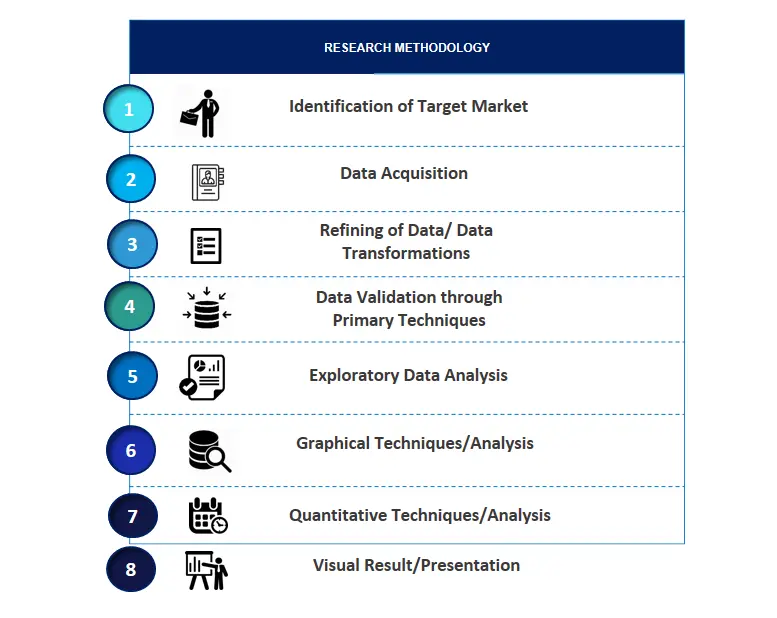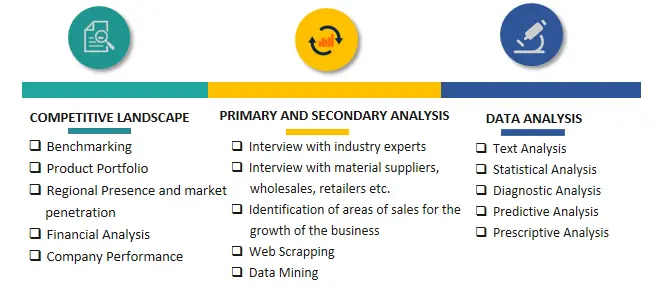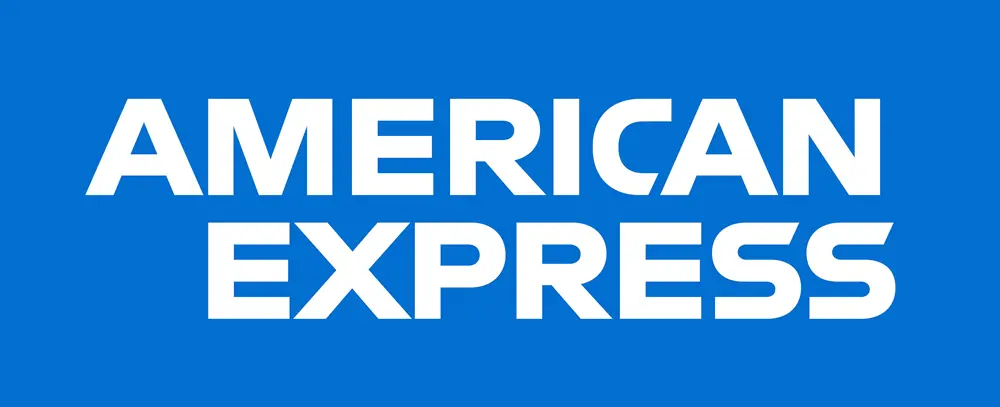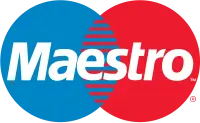
Flame Retardants Market Trends, Growth, Size, Share, Revenue, Challenges and Outlook
Flame Retardants Market Size- By Product, By Application, By End Use - Regional Outlook, Competitive Strategies and Segment Forecast to 2034
| Published: Jan-2025 | Report ID: CHEM2502 | Pages: 1 - 271 | Formats*: |
| Category : Chemical & Materials | |||
- In January 2022, MAGNIFIN Magnesiaprodukte GmbH & Co. KG ("MAGNIFIN") was successfully acquired by Huber Engineered Materials. As part of the HEM Fire Retardant Additives (FRA) strategic business unit, which manufactures a variety of halogen-free fire retardants, smoke suppressants, and specialty aluminum oxides, Martinswerk GmbH sells MAGNIFIN's products all over the world.
- In January 2020, BASF finalized the acquisition of Solvay's polyamide (PA 6.6) division. Through the acquisition, BASF was able to produce more inventive polyamide goods. In addition to its current laboratories, BASF acquired Solvay's polyamide business, resulting in the establishment of its first Underwriter Laboratories (UL) accredited lab in Asia.


| Report Metric | Details |
| Market size available for years | 2021-2034 |
| Base year considered | 2024 |
| Forecast period | 2025-2034 |
| Segments covered | By Product, By Application, By End Use. |
| Regions covered | North America, Asia-Pacific, Latin America, Middle East & Africa and Europe. |
| Companies Covered | Albemarle Corporation, BASF SE, CLARIANT, DSM, DuPont, FRX Innovations, Huber Engineered Materials, ICL, Italmatch Chemicals S.p.A, LANXESS, THOR, Others. |
- Global Flame Retardants Market Size (FY’2021-FY’2034)
- Overview of Global Flame Retardants Market
- Segmentation of Global Flame Retardants Market By Product (Halogenated, Non-Halogenated)
- Segmentation of Global Flame Retardants Market By Application (Polyolefins, Epoxy Resins, UPE, PVC, ETP, Rubber, Styrenics, Others)
- Segmentation of Global Flame Retardants Market By End Use (Construction, Transportation, Electrical & Electronics, Others)
- Statistical Snap of Global Flame Retardants Market
- Expansion Analysis of Global Flame Retardants Market
- Problems and Obstacles in Global Flame Retardants Market
- Competitive Landscape in the Global Flame Retardants Market
- Details on Current Investment in Global Flame Retardants Market
- Competitive Analysis of Global Flame Retardants Market
- Prominent Players in the Global Flame Retardants Market
- SWOT Analysis of Global Flame Retardants Market
- Global Flame Retardants Market Future Outlook and Projections (FY’2025-FY’2034)
- Recommendations from Analyst
1.1. Scope of the report1.2. Market segment analysis
2.1. Research data source
2.1.1. Secondary Data2.1.2. Primary Data2.1.3. SPERs internal database2.1.4. Premium insight from KOLs
2.2. Market size estimation
2.2.1. Top-down and Bottom-up approach
2.3. Data triangulation
4.1. Driver, Restraint, Opportunity and Challenges analysis4.1.1. Drivers4.1.2. Restraints4.1.3. Opportunities4.1.4. Challenges
5.1. SWOT Analysis
5.1.1. Strengths5.1.2. Weaknesses5.1.3. Opportunities5.1.4. Threats
5.2. PESTEL Analysis
5.2.1. Political Landscape5.2.2. Economic Landscape5.2.3. Social Landscape5.2.4. Technological Landscape5.2.5. Environmental Landscape5.2.6. Legal Landscape
5.3. PORTERs Five Forces
5.3.1. Bargaining power of suppliers5.3.2. Bargaining power of buyers5.3.3. Threat of Substitute5.3.4. Threat of new entrant5.3.5. Competitive rivalry
5.4. Heat Map Analysis
6.1. Global Flame Retardants Market Manufacturing Base Distribution, Sales Area, Product Type6.2. Mergers & Acquisitions, Partnerships, Product Launch, and Collaboration in Global Flame Retardants Market
7.1. Halogenated
7.1.1. Brominated7.1.2. Chlorinated Phosphates7.1.3. Antimony Trioxide7.1.4. Others
7.2. Non-Halogenated
7.2.1. Aluminum Hydroxide7.2.2. Magnesium Dihydroxide7.2.3. Phosphorus Based7.2.4. Others
8.1. Polyolefins8.2. Epoxy Resins8.3. UPE8.4. PVC8.5. ETP8.6. Rubber8.7. Styrenics8.8. Others
9.1. Construction9.2. Transportation9.3. Electrical & Electronics9.4. Others
10.1. Global Flame Retardants Market Size and Market Share
11.1. Asia-Pacific
11.1.1. Australia11.1.2. China11.1.3. India11.1.4. Japan11.1.5. South Korea11.1.6. Rest of Asia-Pacific
11.2. Europe
11.2.1. France11.2.2. Germany11.2.3. Italy11.2.4. Spain11.2.5. United Kingdom11.2.6. Rest of Europe
11.3. Middle East and Africa
11.3.1. Kingdom of Saudi Arabia11.3.2. United Arab Emirates11.3.3. Qatar11.3.4. South Africa11.3.5. Egypt11.3.6. Morocco11.3.7. Nigeria11.3.8. Rest of Middle-East and Africa
11.4. North America
11.4.1. Canada11.4.2. Mexico11.4.3. United States
11.5. Latin America
11.5.1. Argentina11.5.2. Brazil11.5.3. Rest of Latin America
12.1. Albemarle Corporation
12.1.1. Company details12.1.2. Financial outlook12.1.3. Product summary12.1.4. Recent developments
12.2. BASF SE
12.2.1. Company details12.2.2. Financial outlook12.2.3. Product summary12.2.4. Recent developments
12.3. CLARIANT
12.3.1. Company details12.3.2. Financial outlook12.3.3. Product summary12.3.4. Recent developments
12.4. DSM
12.4.1. Company details12.4.2. Financial outlook12.4.3. Product summary12.4.4. Recent developments
12.5. DuPont
12.5.1. Company details12.5.2. Financial outlook12.5.3. Product summary12.5.4. Recent developments
12.6. FRX Innovations
12.6.1. Company details12.6.2. Financial outlook12.6.3. Product summary12.6.4. Recent developments
12.7. Huber Engineered Materials
12.7.1. Company details12.7.2. Financial outlook12.7.3. Product summary12.7.4. Recent developments
12.8. ICL
12.8.1. Company details12.8.2. Financial outlook12.8.3. Product summary12.8.4. Recent developments
12.9. Italmatch Chemicals S.p.A
12.9.1. Company details12.9.2. Financial outlook12.9.3. Product summary12.9.4. Recent developments
12.10. LANXESS
12.10.1. Company details12.10.2. Financial outlook12.10.3. Product summary12.10.4. Recent developments
12.11. THOR
12.11.1. Company details12.11.2. Financial outlook12.11.3. Product summary12.11.4. Recent developments
12.12. Others
SPER Market Research’s methodology uses great emphasis on primary research to ensure that the market intelligence insights are up to date, reliable and accurate. Primary interviews are done with players involved in each phase of a supply chain to analyze the market forecasting. The secondary research method is used to help you fully understand how the future markets and the spending patterns look likes.
The report is based on in-depth qualitative and quantitative analysis of the Product Market. The quantitative analysis involves the application of various projection and sampling techniques. The qualitative analysis involves primary interviews, surveys, and vendor briefings. The data gathered as a result of these processes are validated through experts opinion. Our research methodology entails an ideal mixture of primary and secondary initiatives.



Frequently Asked Questions About This Report
PLACE AN ORDER
Year End Discount
Sample Report
Pre-Purchase Inquiry
NEED CUSTOMIZATION?
Request CustomizationCALL OR EMAIL US
100% Secure Payment






Related Reports
Our Global Clients
Our data-driven insights have influenced the strategy of 200+ reputed companies across the globe.




















